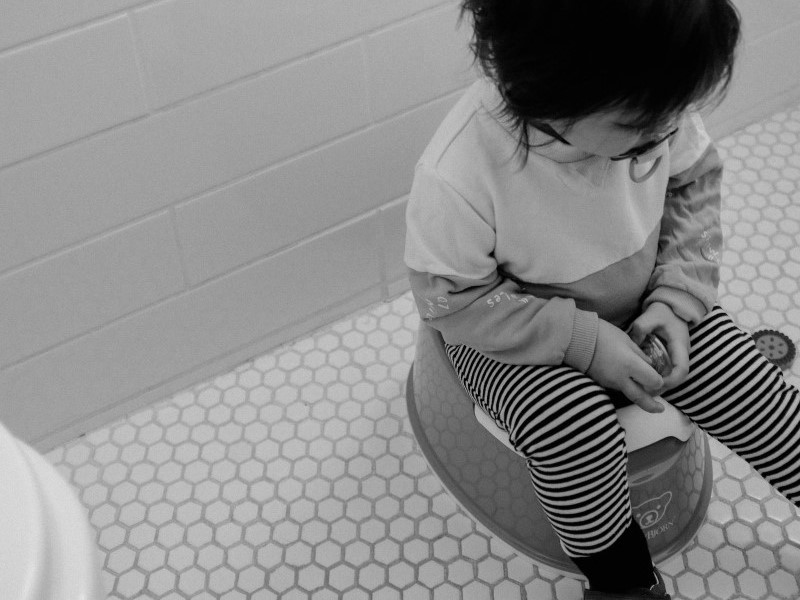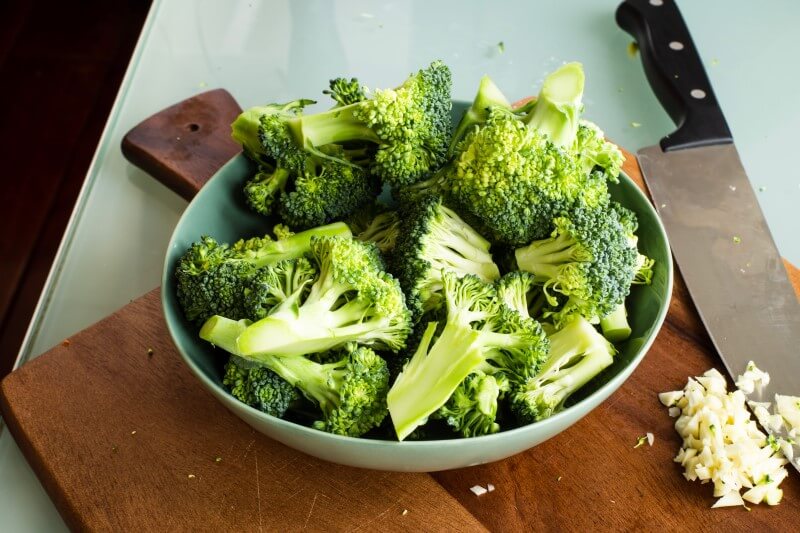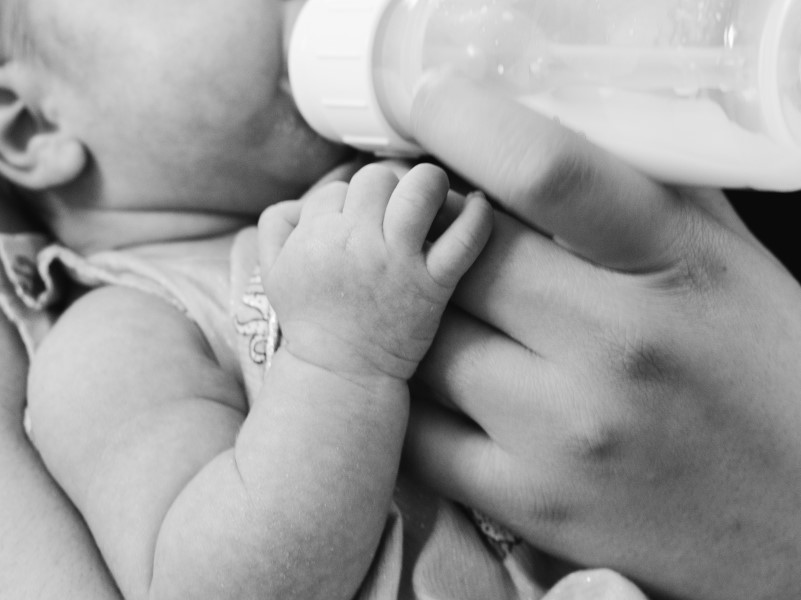Lactose intolerance is the inability to digest milk properly and more often than not, this is a normal occurrence. What exactly is lactose, you ask? Lactose is a type of sugar that’s found in a range of milk products such as formula and breast milk. That said, there’s no need to worry because lactose intolerance in babies is not life-threatening, unlike cow’s milk protein allergy (CMPA) which affects the immune system.
Lactose intolerance is merely a digestive problem that would result in an upset tummy. In Malaysia, up to 91% of adults were reportedly lactose intolerant, of which its symptoms can begin in early childhood and gradually become more prominent in adulthood.
Causes Of Lactose Intolerance In Babies
Lactose intolerance in babies—and even adults—happens due to the body’s lack of an enzyme called lactase. Lactase helps break down lactose into glucose and galactose. Hence, if a person’s body does not produce enough lactase, they will suffer from lactose intolerance, as they won’t be able to properly digest lactose in milk. This will result in a few lactose intolerance symptoms, which we will take a closer look at, below.
Signs And Symptoms Of Lactose Intolerance In Babies

If you’re wondering how soon the signs and symptoms of lactose intolerance in babies and children would kick in, that would be within the 30-minute to two-hour window after consuming milk or other dairy products. Also, the severity (ranging from mild to severe) or number of symptoms experienced will depend on how much milk or dairy was consumed, as well as how well they can tolerate lactose.
As for babies, since they can’t exactly communicate what’s bothering them, you may have to look out for other non-direct symptoms, such as in their temperament or behaviour. Generally, here are some of the common signs and symptoms of lactose intolerance:
- Wind and bloating
- Diarrhoea
- Abdominal pain and swelling in the tummy
- Crankiness or crying after being fed
- Coming on and off on the breast during breastfeeding
- Malnutrition or failure to gain weight
Tip: If your baby is feeling cranky, try soothing and comforting them in any way you can. For mothers who are lactose intolerant, fret not. You can continue exclusively breastfeeding your baby for the first six months. After all, this helps reduce the risk of cow’s milk protein allergy. And moreover, it is safe and would not increase your baby’s risk of becoming lactose intolerant.
How To Diagnose Lactose Intolerance In Babies

Take A Hydrogen Breath Test
For starters, the paediatrician will take note of any family, medical, and diet history in relation to lactose intolerance. Then, a hydrogen breath test will be conducted. It’s a simple test that requires your child to breathe into a device. This device is used to measure the hydrogel levels in their breath, both before and after they’ve consumed a lactose solution or sample. If there is no change in hydrogen levels or only a small presence is detected, they are not lactose intolerant. However, if an increase is detected, this indicates that they are lactose intolerant.
Check Your Children’s Stools
If your child is too young and unable to do the hydrogen breath test properly, the paediatrician will examine their stools. If their stools are acidic, this indicates issues with lactose absorption. A diaper rash due to stool acidity is also a symptom of lactose intolerance in babies. Meanwhile, another stool test could be conducted to check for glucose in the stool, which indicates that lactose was not digested.
Go For A Biopsy
If things are more severe, a biopsy to obtain some tissue samples may be required. This can be done via an endoscopy where a long, thin device is inserted into the anus to measure lactase levels in the intestines.
Treatment For Lactose Intolerance In Babies
For Mild Cases: Reduce Intake Of Milk And Dairy Products

If the symptoms of lactose intolerance are relatively mild, it is still fine to feed them small amounts of milk or dairy products like cheese and yoghurt. This is because their bodies can still tolerate low doses of lactose. If this is the case, you can simply reduce their intake of milk and dairy. For instance, give them half a cup of milk instead of a full glass.
For Severe Cases: Opt For Calcium-Rich Foods And Lactose-Free Dairy

If your child cannot drink any cow’s milk at all, their case of lactose intolerance is pretty severe. That said, you can still ensure they’re nourished with calcium through lactose-free dairy products and calcium-fortified foods. Even dark leafy vegetables like spinach, broccoli, and kale, as well as nuts, beans, and fish like salmon and sardines provide a good source of calcium. If you want to opt for calcium supplements, do consult with your child’s paediatrician first, because an overdose can lead to constipation and interfere with their body’s ability to absorb iron or zinc.
Try Other Milk Substitutes

If regular cow’s milk is out of the question, you can always go for other alternatives in the form of soy milk, almond milk, oat milk, and rice milk. Soy milk is a good substitute thanks to its high calcium and protein content. Meanwhile, almond milk is also calcium-rich, though it is lower in protein compared to cow’s milk. To be safe, always consult with your child’s paediatrician before giving your kids any milk substitute.
Look Out For Symptoms Of Lactose Intolerance In Babies Early To Treat It Properly

Lactose intolerance is more common than you think, especially in babies. That said, so long as it’s not cow’s milk protein allergy and does not produce life-threatening reactions like anaphylaxis, you can breathe a sigh of relief. There are plenty of ways to go about their nutrition and diet in order to reduce symptoms and discomfort. Plus, other milk substitutes are just as good at providing the calcium they need for strong and healthy teeth and bones.
Speaking of growing healthy and strong, here are some of the best first solid food options for babies and the best healthy food for kids’ optimal growth and development.
